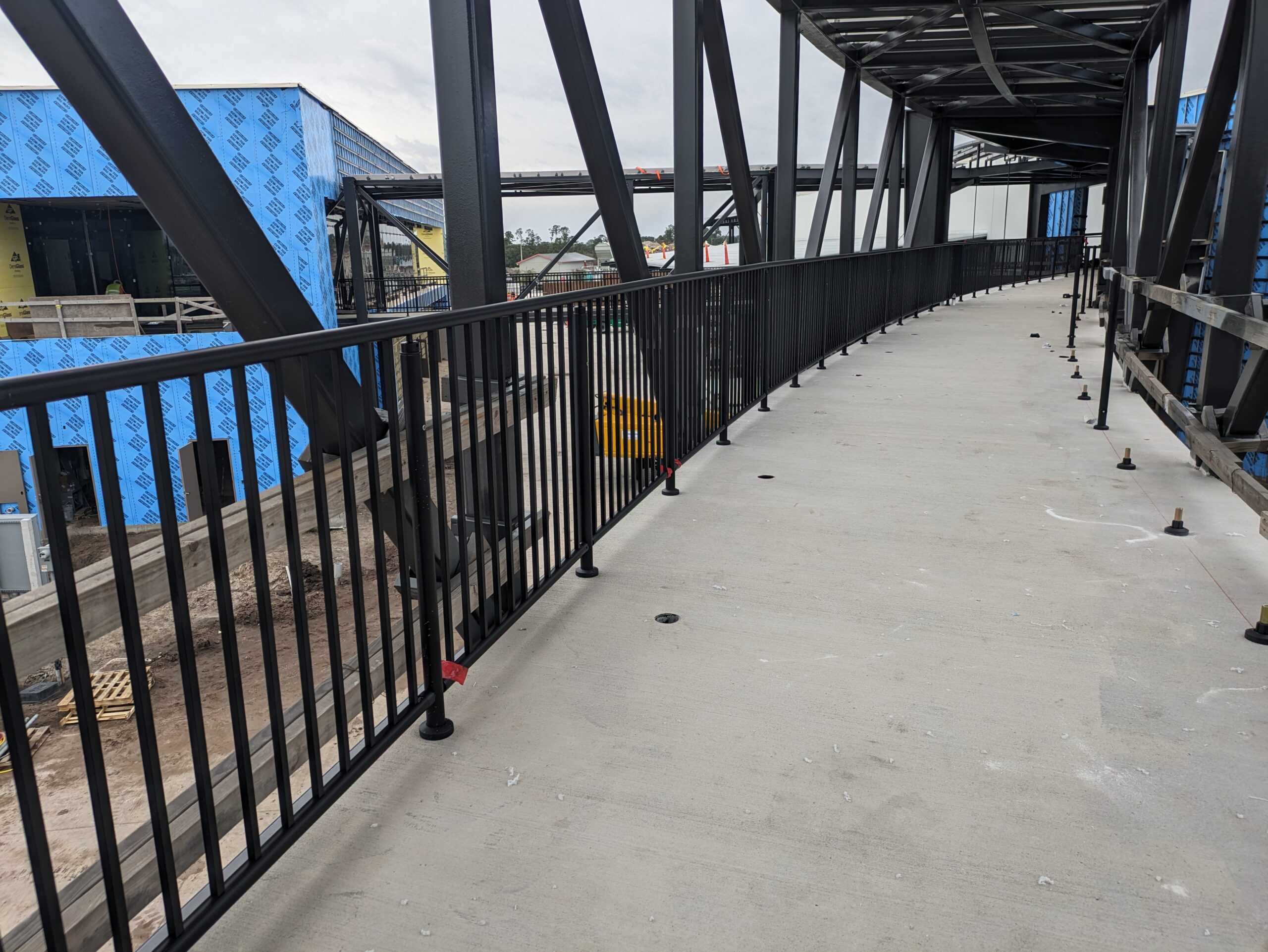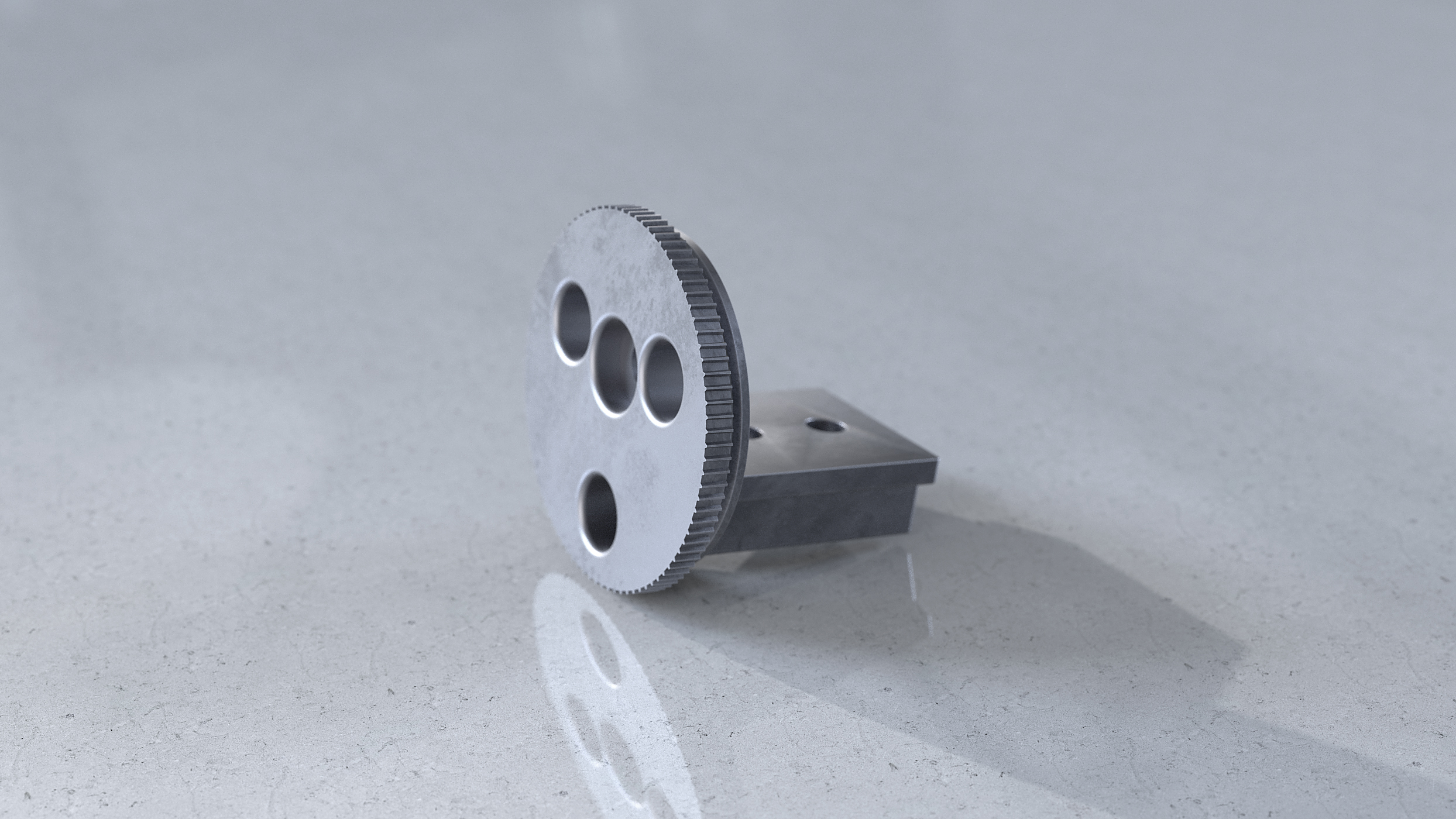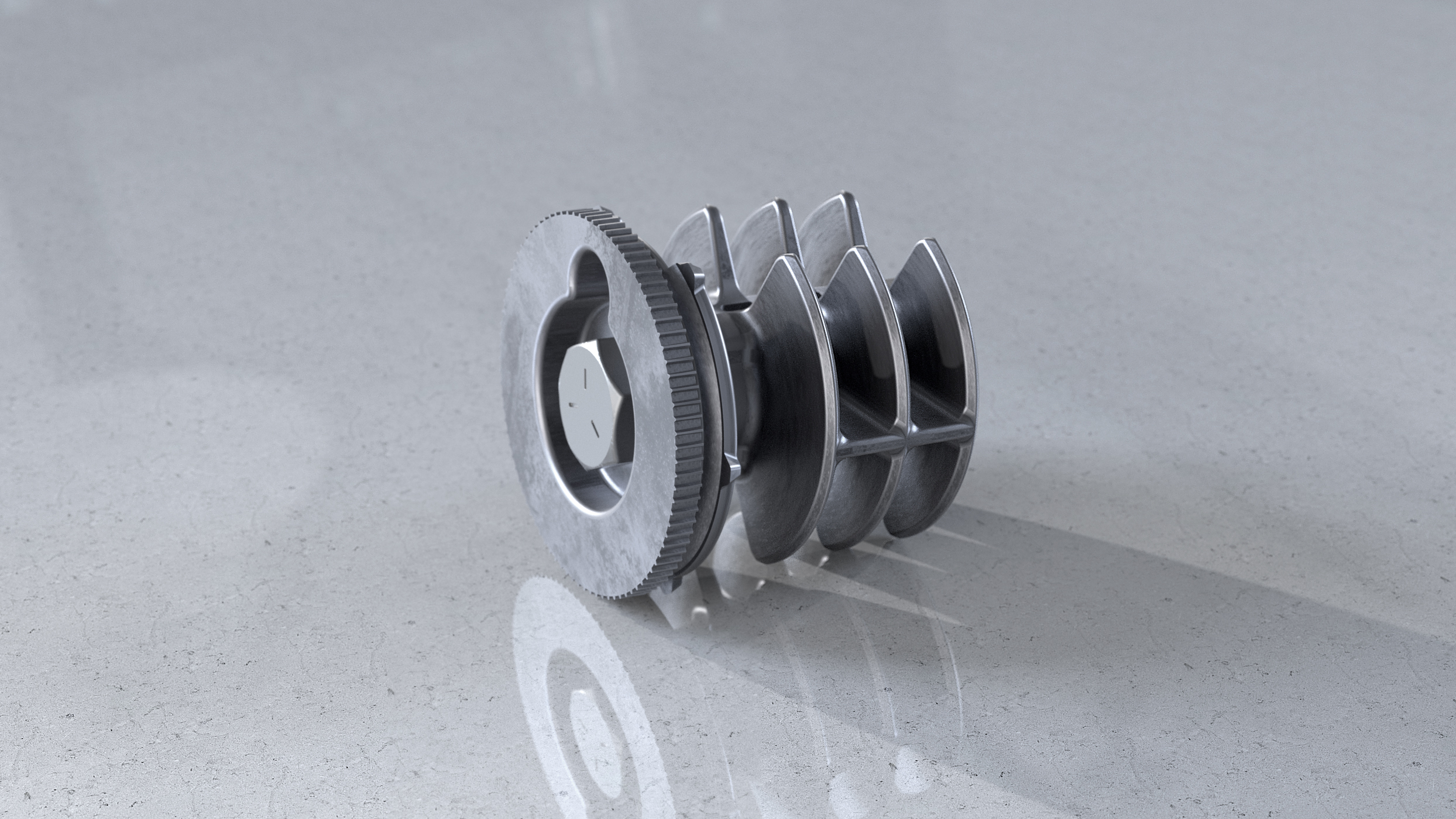Whether you’re a store owner, contractor, or creative DIYer, renovating a piece of property can quickly become costly—especially when it comes to the renovation and installation of handrails. That’s why setting up the right budget is essential. However, to accurately determine a budget, you need to know how much handrail and handrail installation will cost.
This guide will help you consider the overall costs of a handrail, including the types of materials available, the amount of materials you’ll need, the accurate measurements you will need to take, and the possible installation costs that will be required.
Handrail Material Cost Comparison
Handrail prices can vary depending on the material you choose. When choosing a material, be sure to take into account not only the aesthetics, but also your own personal needs and the durability and quality you’ll be getting.
If you’ll be installing a post-mounted handrail, be sure to take the cost of the posts into account. Additional costs include the handrail installation cost or, if you’re a DIYer, any tools needed to make the installation go smoothly.
Wood
Wood handrail cost per foot can be upwards of $20.00–60.00/ft. Wood handrails require additional maintenance to maintain their look and finish over their lifespan.
Aluminum
Aluminum handrail price per foot starts around $20.00–$70.00/ft. Its superior strength and quality accounts for a higher price point.
Stainless Steel
Stainless steel handrail prices trend around $40.00–$70.00/ft. The sleek appearance and durability of this handrail material values the initial cost higher than others.
Wrought iron
Wrought iron handrail cost also begins around $65.00/ft. This material creates a slim profile but doesn’t meet many of the requirements of the ADA.
Handrail Cost Estimator

Calculating the total cost of a handrail may seem overwhelming—but it doesn’t have to be. Use our Handrail Configurator to make it easy.
We put your customizations first – the way it should be. You can select the handrail and hardware finish and the end cap and bracket style. Then, all you have to do is select the length of inches you need, and we do the math for you.
Determining the Materials Needed
Checklist of Materials
- Handrail
- Studfinder
- Screws
- Screwdriver
- Allen Key (for Promenaid handrails)
- Drill (with drill and Phillips head bits)
- Miter saw
- Tape measure
- Brackets
- Joints, bends, joggles, splices, end caps, and/or wall returns
- Posts (if needed)
How to Measure for Handrail Installation Costs
Handrails are measured in linear feet, so you will need to measure the total length the handrail will travel. Because Promenaid’s handrails can be cut to length with a miter saw, you don’t have to account for each piece of the handrail that may change angle or direction to fit the stairway, walkway, or ramp.
When measuring for handrails, begin from the bottom stair nosing and continue until you have reached the top of the stairway. Use the same process for a walkway or ramp. If you must be compliant with ADA regulations, make sure you account for the additional 12” needed at the top of the stairs, measuring from the upper stair nosing. In addition, make sure you account for the additional length needed at the bottom of the stair equal to one tread depth.

As you’re measuring your space, note the number of bends, joggles, end caps, and/or wall returns you will need. Promenaid offers 32-degree and 90-degree fixed bends, universal corner bends, universal stair bends, joggles, and compound joggles to ensure the handrail remains continuous no matter the angle or elevation changes present on the stairway, walkway, or ramp. A continuous handrail provides uninterrupted support, creating the safest handrail possible.
Budgeting Tips for Handrail Renovation
1. Know your budget
When starting a renovation project, it’s easy to let the excitement take over before setting a budget. This is a huge mistake. Knowing your budget before you begin a project will guide the process, helping you to choose the right materials and stick to what is realistic.
2. Do your research
If you’re reading this article, chances are you are already following this tip. Doing your research allows you to get a good idea of the cost of different materials and installation specialists available in your area. Once you’ve done some research, you can begin to align your budget with the materials and installers in order to avoid going over budget.
3. Measure accurately
Measuring the space accurately will allow you to know exactly how many linear feet of handrail you need to complete the project. If you don’t measure accurately, you could end up with a shortage or surplus of materials. A shortage of materials leads to reordering and wasting time waiting for them to arrive. Or you may find that you ordered a surplus of material, resulting in wasted money.
4. Choose quality
You want to make sure that the handrail you choose will stand the test of time while still looking elegant and remaining functional. Choosing a quality handrail that may cost a little more over the bargain store options allows you to rest assured that the handrail will provide necessary support and stability for years to come. Taking necessary maintenance into account is also important. Deciding how much time you want to spend maintaining your handrail will help you choose the level of quality that is perfect for you.
Handrail Installation
Promenaid railings make handrail installation much easier. In fact, they were designed to be installed by anyone—whether you’re the average store owner,, traditional DIYer, or professional installer. Unlike other handrails that have to be custom fit to your established space, our handrails can be adjusted on-site to make it easier for you—even if you haven’t installed something like this before.
However, if you’re looking for assistance installing a handrail to install a handrail with some support, it’s important to conduct research on Home Advisor and Angie’s List, which help you find a preferred installer in your area. Handrail installation costs can vary between areas, so it’s important to do your research and contact the installer that is the best fit for you and your budget.
Plan Your Installation
When the time comes to install a handrail, choosing a qualified installer in your area is essential. If you choose to install a handrail yourself, make sure to take into account the extra time you’ll be spending on the project and the possibility of additional costs due to any trial and error that comes with many DIY projects.
Contact an expert to help place an order for your handrail system.








